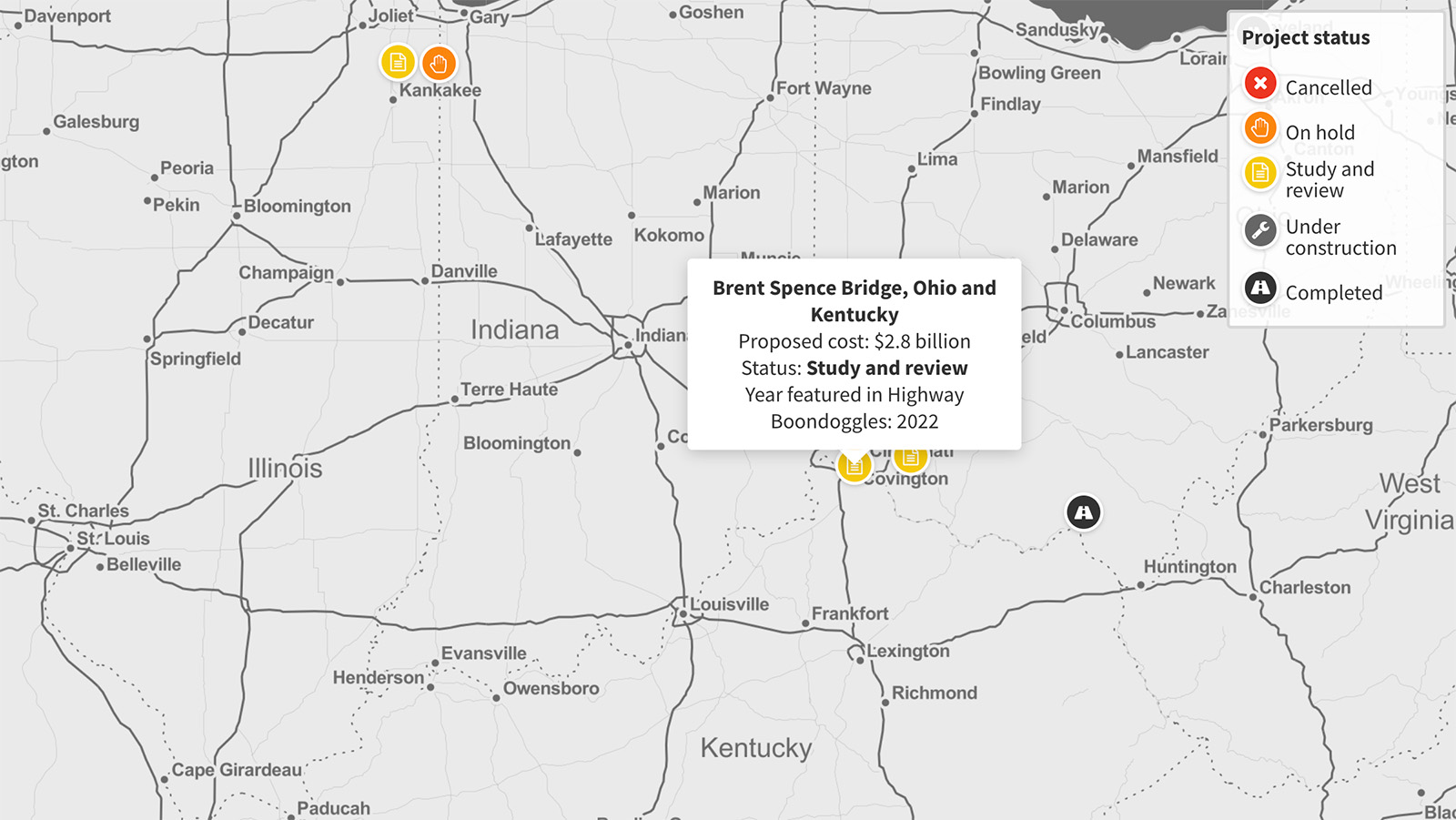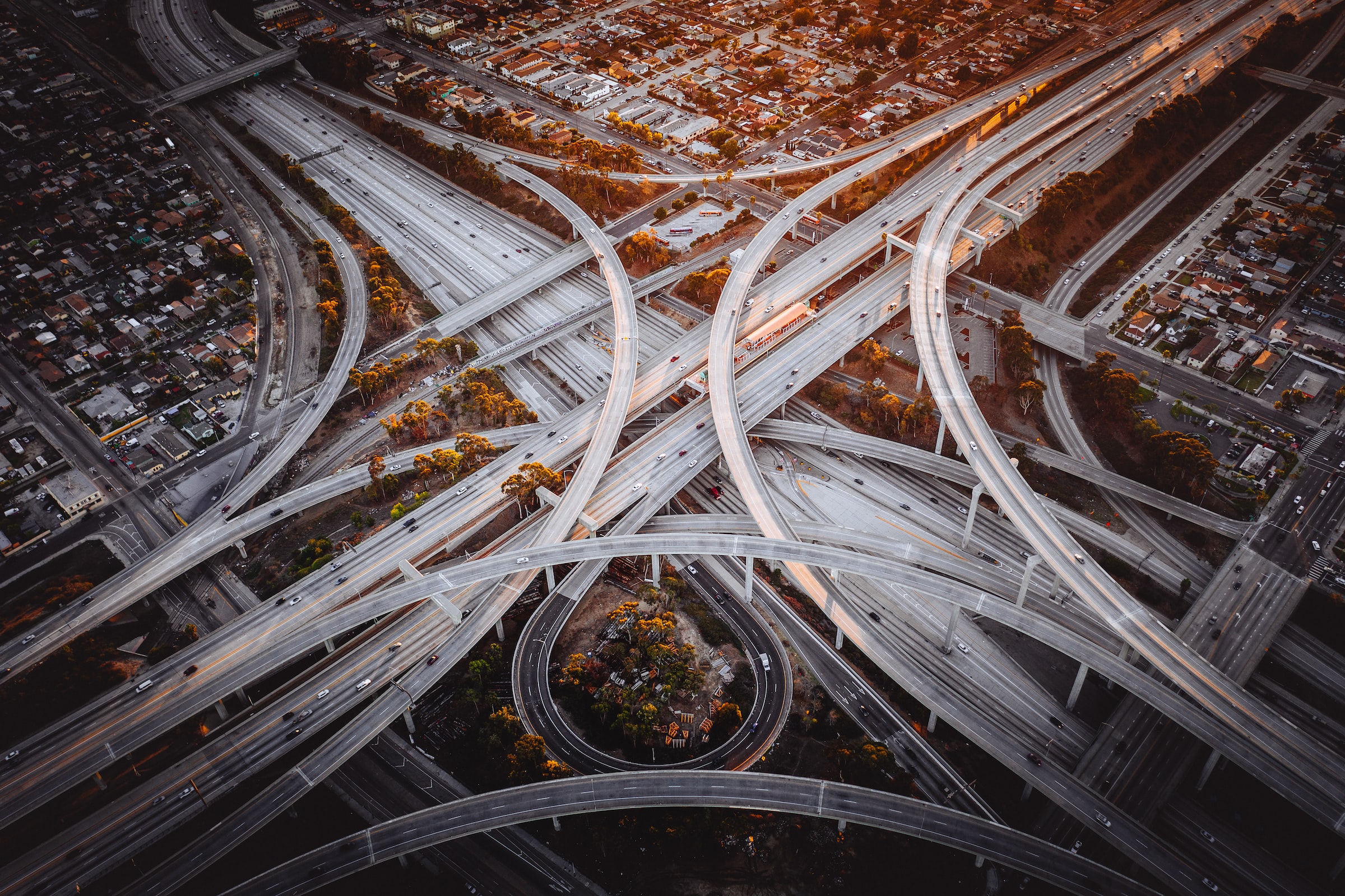
New Jersey Turnpike & Garden State Parkway widening projects
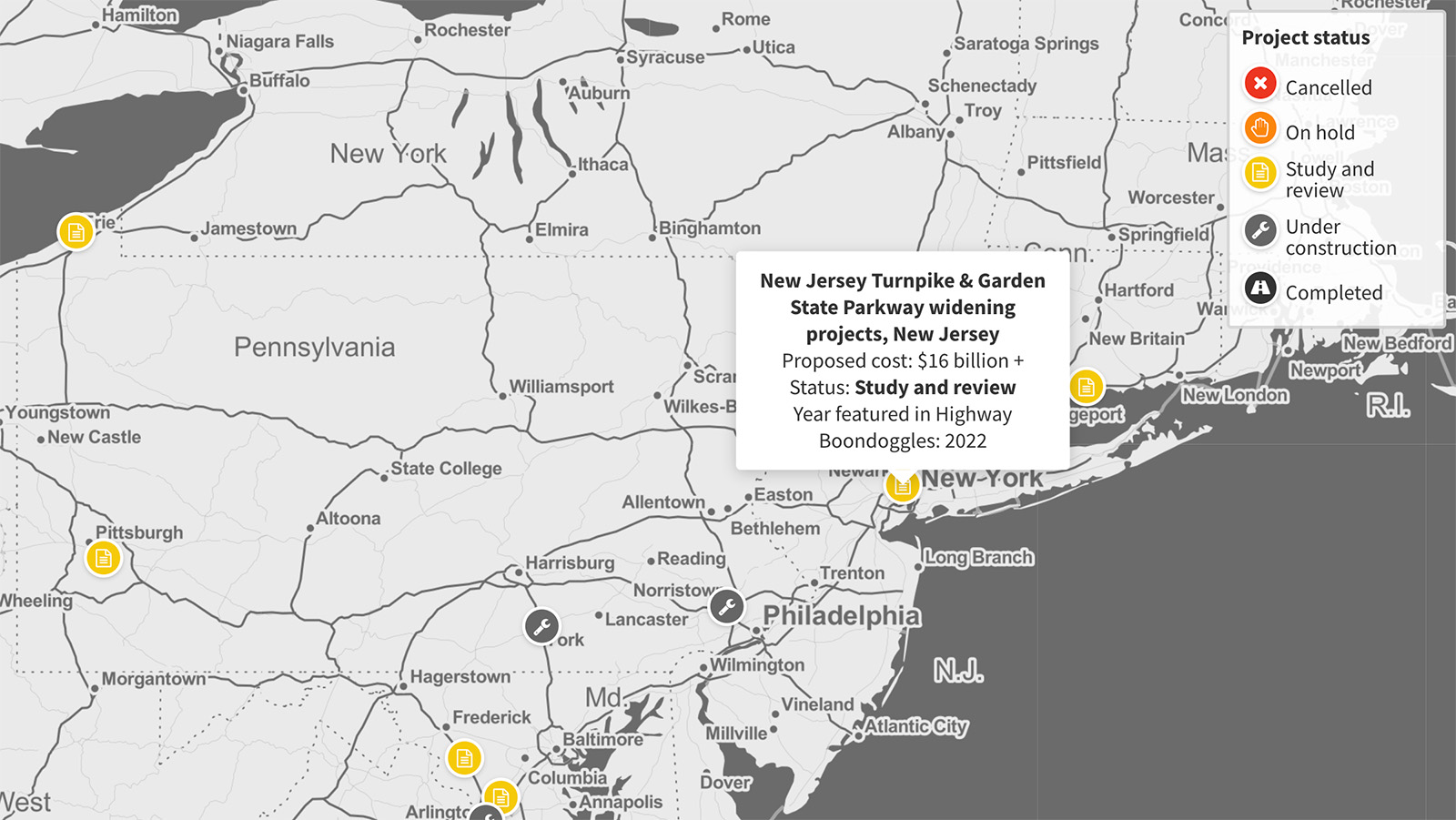
Status: Study and review
Original proposed cost: $16 billion
Update from Highway Boondoggles 8, Fall 2023:
Planning for widening between Interchanges 1 and 4 continues, with construction set to begin in 2025; costs balloon to almost $11 billion for widening of Turnpike Extension through Bayonne and Jersey City.
Highway Boondoggles 7 in 2022 reported on the New Jersey Turnpike and Garden State Parkway widening projects, and specifically the plans to add a new lane in each direction on a 34-mile stretch of the New Jersey Turnpike between Interchanges 1 and 4. This estimated $1.1 billion project is part of the New Jersey Turnpike Authority’s (NJTA’s) larger, $24 billion 2020 Capital Improvement Program, comprising numerous highway construction and expansion projects across the state, with more than $16 billion dedicated to highway expansions. While the NJTA characterizes the Interchange 1-4 widening as a traffic alleviation solution, the reality is that this expansion will merely further increase the already enormous volume of traffic on the Turnpike and exacerbate the environmental damage it causes, as well as hinder progress toward New Jersey’s self-imposed greenhouse gas emissions reduction goals.
The widening project from Interchanges 1 to 4 is continuing its environmental studies and permitting process that began in May 2021, and construction is scheduled to begin in 2025.
Since 2021, the initial plans for the Interchange 1 to 4 expansion have been amended numerous times to reflect changes in planning and environmental review. The most recent plan by NJTA in 2022 has it extending 36.5 miles from Mount Laurel to Pennsville Township, while its costs increased to around $2 billion. On top of adding a third lane to the existing road, the project will also include construction at Interchanges 1 to 4 and the replacement or rehabilitation of 56 out of 66 bridges along the segment.
Local communities and advocacy groups continue to fight the project, arguing that new lanes will increase traffic volumes and worsen congestion on the Turnpike. Residents also continue to voice frustrations about other highway expansions planned under the larger Capital Improvement Program, including a controversial expansion plan at the other end of the Turnpike that would widen the Turnpike Extension through Bayonne and Jersey City, leading to the Holland Tunnel to New York City.
Criticism of a plan to widen 8.1 miles of turnpike from Exit 14 in Newark to the Holland Tunnel intensified after NJTA more than doubled its cost estimate from $4.7 billion to $10.7 billion. In 2022, the city councils of Jersey City and Hoboken – both of them areas impacted by the project – passed unanimous resolutions to oppose. Critics of the plan have argued that the expansion will only invite more traffic and bring further pollution to cities with already poor air quality. This would hinder progress toward Jersey City’s long-term goals to become more sustainable and car-independent. The draft environmental impact statement for this project, published in October 2023, puts the cost for replacing the bridges between Exits 14 and 14A alone at $6.2 billion.
According to official updates from NJTA, the Interchange 1 to 4 widening project is still in the preliminary design phase, and is expected to start its final design, engineering and environmental permitting process in 2023. Concurrently, the program team continues to meet with local, state and federal officials as well as stakeholders to review initial design concepts. Public hearings and informational sessions will also be scheduled later in 2023.
Original case study, from Highway Boondoggles 7, 2022:
Since it opened in 1951, the New Jersey Turnpike has undergone a seemingly endless series of expansion projects – beginning just four years into its existence when unanticipated traffic volumes prompted the New Jersey Turnpike Authority (NJTA) to add a raft of new lanes along an 83-mile stretch of the roadway. Seven decades on, with the Turnpike now among the most traveled highways in the country, various sections have been widened to six, 12, and even as many as 14 lanes.
The more lightly traveled interchange 1 to 4 corridor between the Turnpike’s southern terminus and Mount Laurel Township, however, has remained the original four-lane road. In March 2021, the NJTA awarded a $48 million professional services contract to infrastructure consulting firm AECOM to conduct the initial environmental studies and permitting for an expansion of this 34-mile stretch of the turnpike. Based on recommendations enumerated in the Needs Assessment and Operational Studies of Interchanges 1 to 4, the planned construction will add a new lane in each direction between exits 1 and 4, at a cost of approximately $1.1 billion.
Construction on the Interchange 1 to 4 Widening Program is due to begin in 2025. In addition to the new lanes, the work is set to include “geometric and capacity improvements” at all of the interchanges along this corridor, as well as potentially the addition of a new interchange “to help alleviate congestion on the local roadway network,” and a range of other infrastructure upgrades.
The Interchange 1 to 4 Widening Program is one of 14 expansion projects planned for the New Jersey Turnpike and the Garden State Parkway under a $24 billion capital program announced by NJTA in 2020, which includes more than $16 billion in expansion projects. Elsewhere on the Turnpike, the program includes a now-$4.7 billion project for the Turnpike Extension between Exits 14 and 14A, and doubling the number of lanes from two to four in each direction on a three-mile section of the roadway crossing Newark Bay, involving the construction of a new eight-lane bridge and the replacement or widening of three existing ones. Other projects include the $1.35 billion widening of 27 miles of the Garden State Parkway between interchanges 98 and 125 from five or six lanes to six or seven lanes in each direction, and the addition of two new lanes in each direction along 12 miles of the parkway between interchanges 142 and 154, at a cost of $2.5 billion. In total, these 14 projects in the program would see approximately 100 miles of roadway widened, and the addition of at least 454 lane miles.
Noting the growth in population and traffic volume along the Turnpike’s interchange 1 to 4 corridor, NJTA argues that “the addition of an additional lane in each direction will advance mobility, improve safety, reduce congestion and thereby improve air quality across the Program Corridor.” In reality, an analysis by New Jersey Sierra Club estimates that these projects will increase capacity by at least 998,800 cars per hour during peak times.
Adding this kind of capacity to New Jersey’s highways is a needless, self-imposed impediment to achieving the state’s mandated goal of 80% climate pollutant reductions by 2050 and the goal of Executive Order 274 from November 2021 to cut New Jersey’s climate pollution by 50% below 2006 levels by 2030. It also runs directly counter to the Murphy administration’s 2020 Energy Master Plan, which asserts the need for a “concerted effort to reduce vehicle miles traveled,” and “reducing reliance on passenger vehicles—particularly single passenger— and […] increasing the use of mass transportation.” Every dollar spent on road expansion is a dollar that could be spent on the very initiatives the Energy Master Plan describes as essential in addressing the climate and health impacts of transportation emissions, including expansion of multimodal travel options, Complete Streets initiatives and other programs conducive to “connecting people to transit and getting more cars off the road,” as well as much needed investment in New Jersey Transit’s capital budget and electric bus transformation.
Governor Murphy’s Energy Master Plan notes that New Jersey’s transportation sector already accounts for 42% of the state’s total climate emissions – well above the national average of 27%. The Plan also states that mobile sources are the state’s leading cause of ozone precursors and responsible for more than 70% of nitrogen oxide (NOx) emissions, and that all 21 counties in New Jersey are in “moderate or marginal non-attainment” of ground-level ozone standards. Six counties received F grades for ground-level ozone in the American Lung Association’s 2022 State of the Air report. Emissions reductions on the scale that New Jersey has set for itself and mandated into law were always going to be ambitious, but continuing to invest in the very things that contribute most to perpetuating and exacerbating the problem, even as the state spends billions elsewhere trying to fix it, is only going to push that goal ever further out of reach.
Find out more
Highway Boondoggles homepage
Map credit: Map tiles by Stamen Design, under CC BY 3.0. Data by OpenStreetMap, under ODbL.
Topics
Find Out More

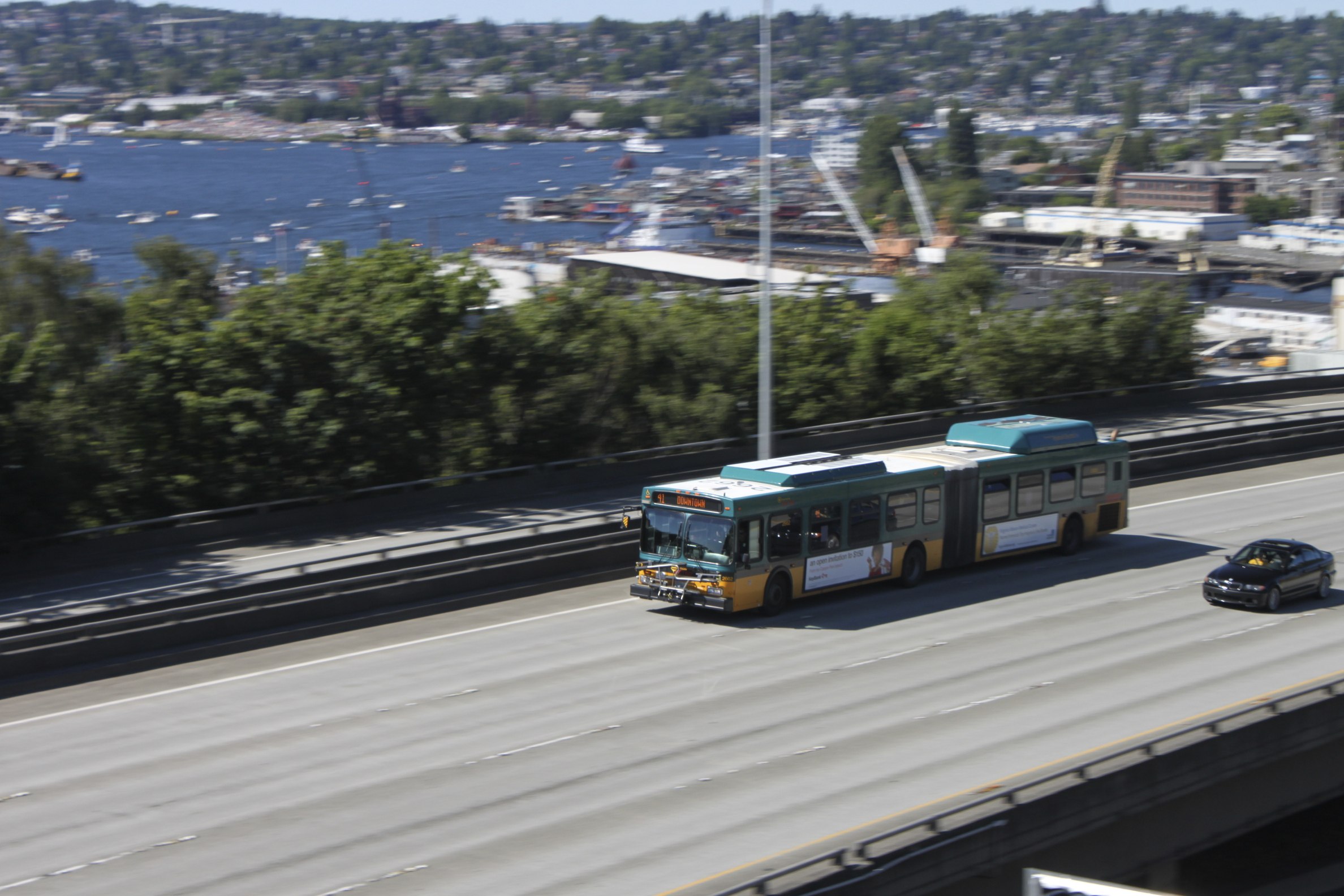
Less driving is possible
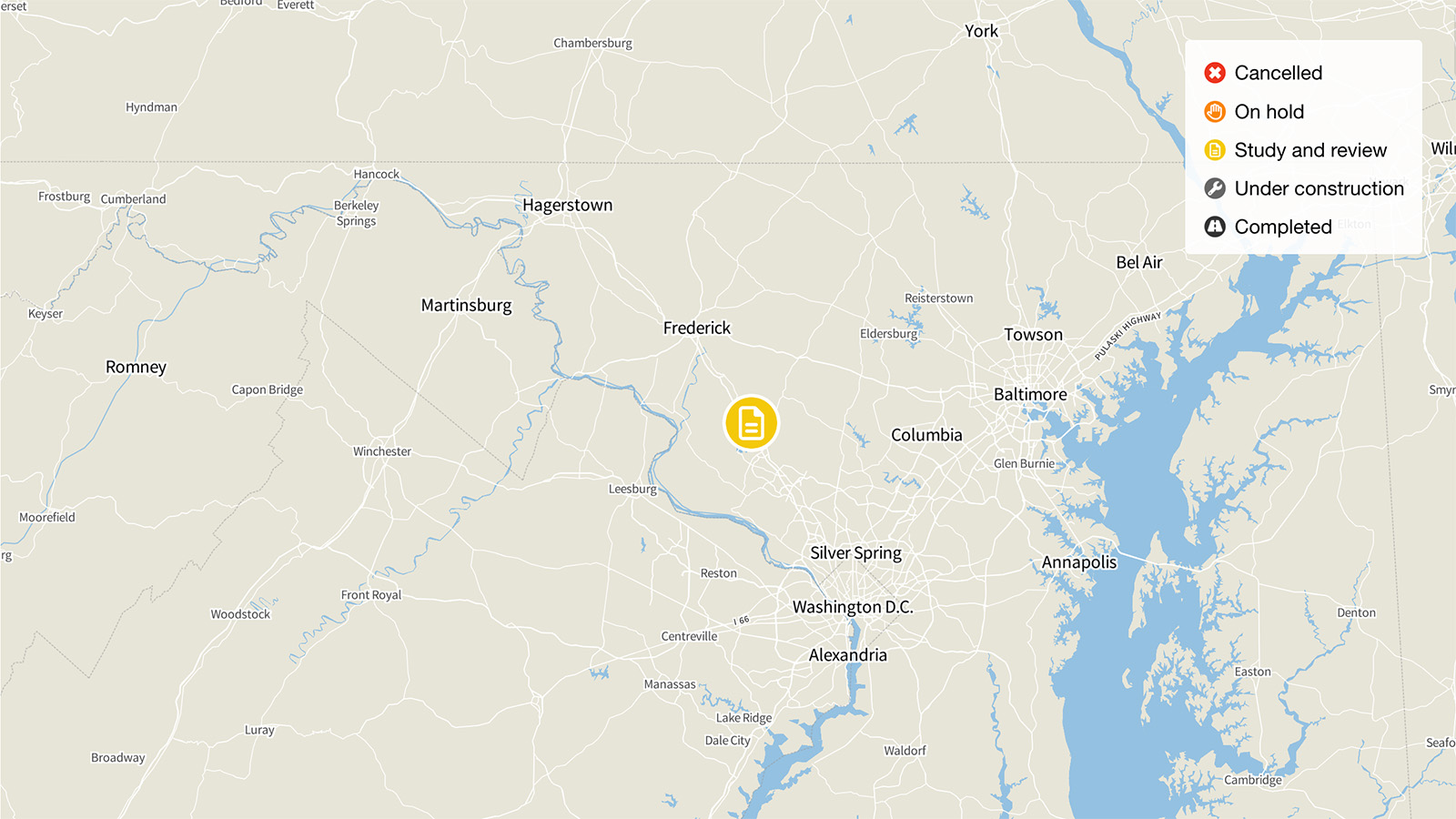
Montgomery County M-83 Midcounty Highway Extended, Maryland
